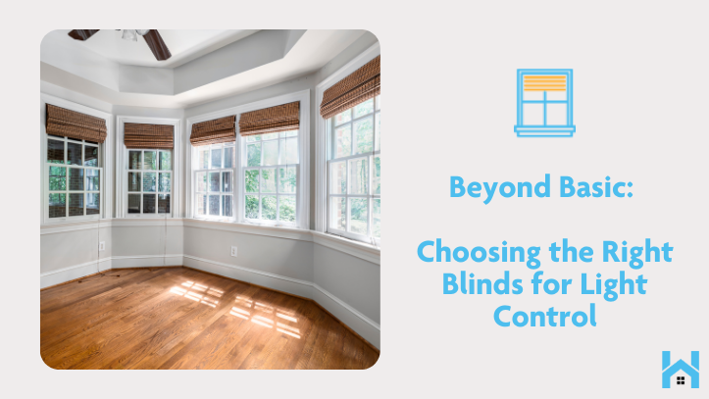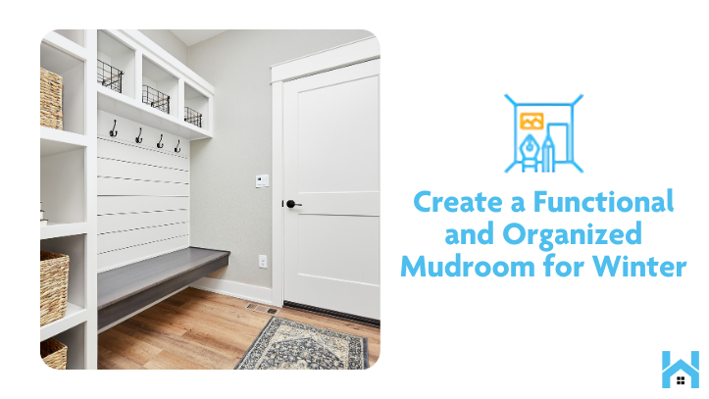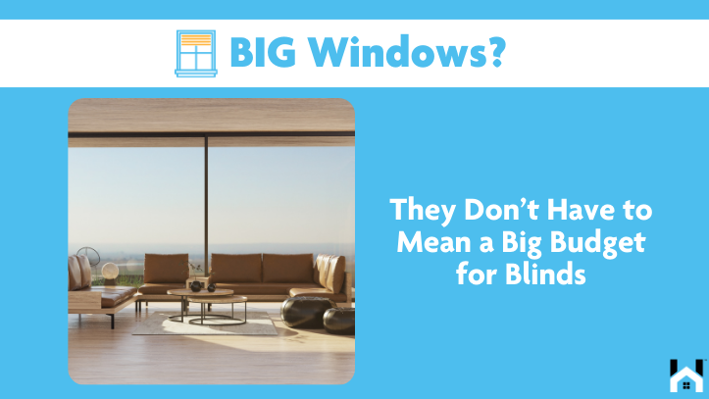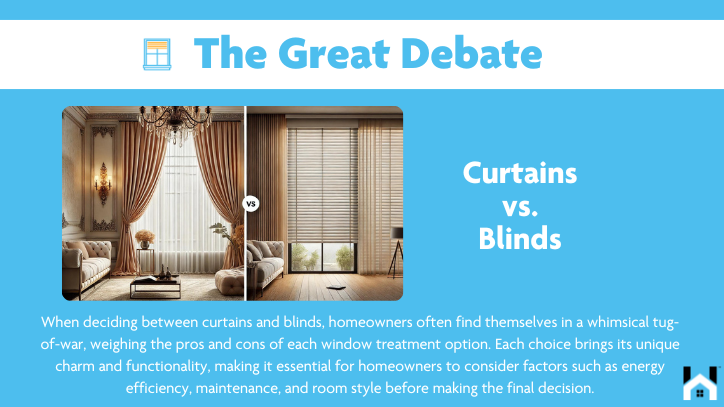
When it comes to dressing your windows, the age-old debate of curtains versus blinds can feel overwhelming. Both options bring unique flair to a room, but which one truly reigns supreme? This discussion breaks down the pros and cons of each, exploring everything from style and versatility to functionality and cost. Whether you're after privacy, light control, or simply a fresh look, you'll find insights to help you make the best choice for your home.
The Great Debate: Curtains vs. Blinds
 When deciding between curtains and blinds, homeowners often find themselves in a whimsical tug-of-war, weighing the pros and cons of each window treatment option. Curtains, with their flowing fabric and rich textures, offer a cozy, luxurious appeal, while blinds present a sleek, modern aesthetic that ensures light control and privacy options. Each choice brings its unique charm and functionality, making it essential for homeowners to consider factors such as energy efficiency, maintenance, and room style before making the final decision.
When deciding between curtains and blinds, homeowners often find themselves in a whimsical tug-of-war, weighing the pros and cons of each window treatment option. Curtains, with their flowing fabric and rich textures, offer a cozy, luxurious appeal, while blinds present a sleek, modern aesthetic that ensures light control and privacy options. Each choice brings its unique charm and functionality, making it essential for homeowners to consider factors such as energy efficiency, maintenance, and room style before making the final decision.
What Are Curtains?
Curtains are versatile window treatments made from various fabric options, such as cotton and velvet, that can enhance the aesthetic appeal of any room while serving multiple functions, including insulation and privacy. They come in an array of styles, from traditional drapery to modern thermal-backed curtains, making them a popular choice for homeowners looking to blend elegance with practicality in their residential spaces.
Pros of Curtains
The pros of curtains are numerous, making them a favored window treatment among homeowners.
Not only do they offer exquisite aesthetic appeal with various colors and patterns, but they also provide excellent privacy options and energy-saving benefits thanks to their insulating properties, especially when using thermal-backed curtains.
When selecting the perfect curtain style, individuals can explore a vast array of fabric options, ranging from luxurious silk and soft cotton to more durable polyester, each bringing a unique texture and character to the living space.
Decorative choices such as:
- flowing drapes
- sheer panels
- color-blocking designs
can transform a room into a cozy retreat, enhancing its overall ambiance. By controlling light levels and drafts, curtains not only contribute to physical comfort but also create a tranquil home environment that invites relaxation.
Cons of Curtains
While curtains have many advantages, there are some cons that homeowners should consider before making a choice. One of the primary drawbacks is the maintenance involved, as curtains tend to collect dust and may require frequent cleaning, especially fabric options that are less durable or moisture-resistant. This ongoing upkeep can quickly become burdensome for busy individuals.
Plus maintenance, the durability of curtains is another aspect worth noting. Homeowners often find that certain fabrics wear out more quickly than anticipated, leading to premature replacement costs.
- Sun exposure can cause fading, diminishing the aesthetic appeal of the room.
- Physical wear and tear can result from daily use, making curtains look shabby over time.
These factors might influence decision-making, pushing some individuals towards alternatives like blinds or shades, which often offer greater longevity and lower maintenance requirements. Ultimately, understanding these limitations can help in choosing the right window treatment for their space.
What Are Blinds?
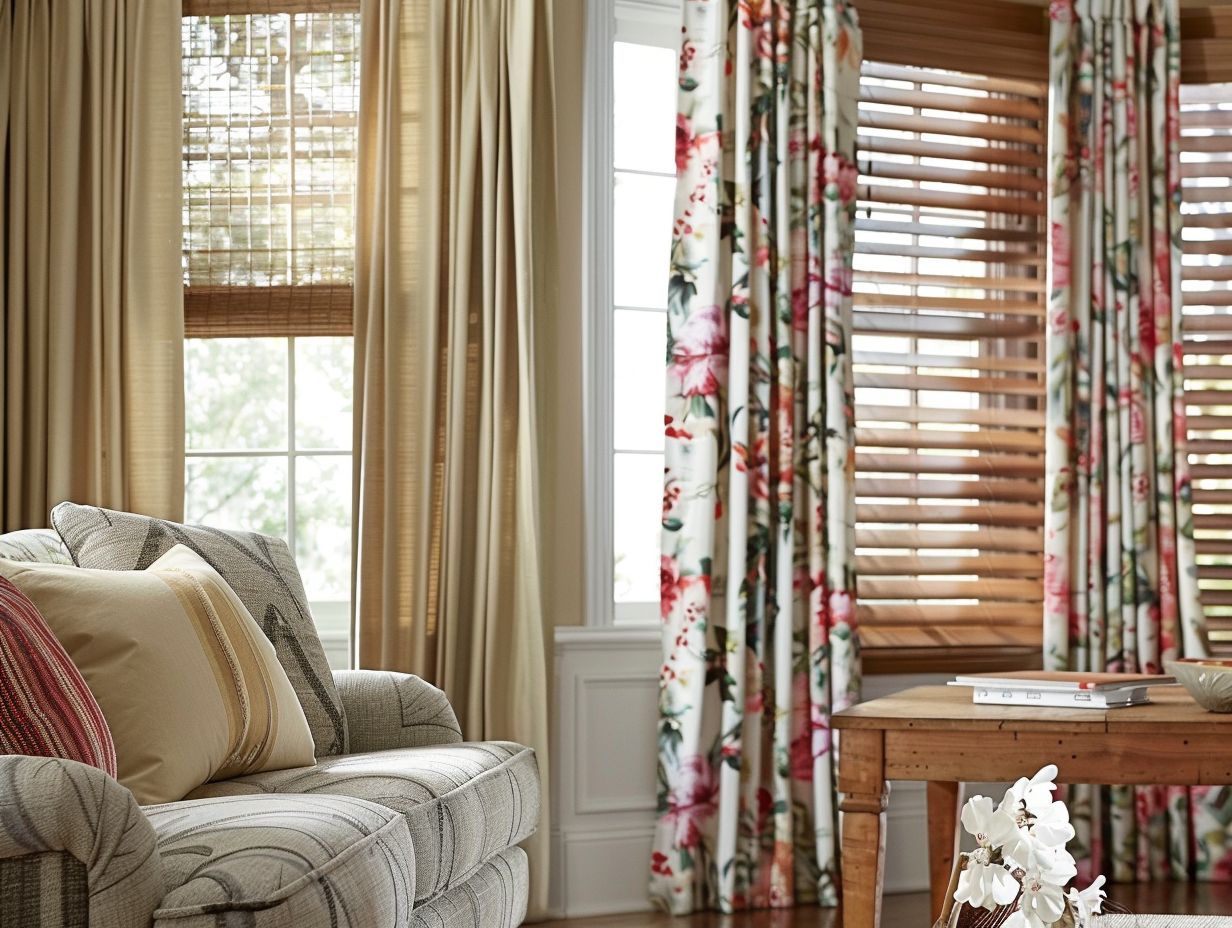 Blinds are a popular choice in window treatments, known for their sleek design and effective light control capabilities. Ranging from Venetian blinds to vertical and faux wood options, these window coverings provide functionality without compromising on style, making them an ideal solution for modern and contemporary interior design.
Blinds are a popular choice in window treatments, known for their sleek design and effective light control capabilities. Ranging from Venetian blinds to vertical and faux wood options, these window coverings provide functionality without compromising on style, making them an ideal solution for modern and contemporary interior design.
Pros of Blinds
The pros of blinds are compelling, especially for homeowners seeking practicality and style in their window treatments. Blinds offer exceptional light control, allowing homeowners to easily adjust their level of brightness, while their durable materials often make them a more affordable option with long-term energy-saving benefits.
Plus these advantages, the versatility of blinds allows for a wide range of styles and colors, making it easy to find the perfect match for any home decor.
- Energy Efficiency: Many types of blinds feature thermal insulation properties that help to maintain a comfortable indoor temperature, reducing energy costs throughout the year.
- Privacy Management: With simple adjustments, they enable homeowners to enjoy natural light while maintaining their privacy from outside observers.
- Durability: Unlike curtains, which may wear out or fade over time, blinds are often crafted from robust materials, ensuring they endure the test of time.
These features collectively enhance the functionality of blinds, making them an excellent investment for those looking to optimize both aesthetics and performance in their living spaces.
Cons of Blinds
Despite their advantages, blinds do come with some cons that homeowners should consider.
Regular cleaning and maintenance can be a hassle, especially for intricate designs, and while they can be stylish, blinds might lack the soft aesthetic appeal that some rooms could benefit from, particularly in family-friendly spaces with children or pets. These aspects can greatly influence choices regarding window treatments. For instance, many decorative elements in homes prefer the warmth and coziness that curtains provide, allowing for a more inviting environment.
- Cleaning blinds can require disassembly or specialized tools.
- They often don’t drape as elegantly as fabric curtains.
- Safety issues arise with cords, posing risks to children and pets.
Thus, understanding these factors can help homeowners make informed decisions when selecting the best window dressing for their living spaces.
Style Showdown: Curtains vs. Blinds
In the ultimate style showdown between curtains and blinds, both window treatments boast distinct advantages that cater to diverse homeowner preferences. Curtains offer a soft, flowing look that can bring warmth and elegance to a room, while blinds provide a clean, modern aesthetic that emphasizes functionality and versatility. The choice often hinges on personal taste and how these options can complement the overall interior design of the home.
Which One Is More Versatile?
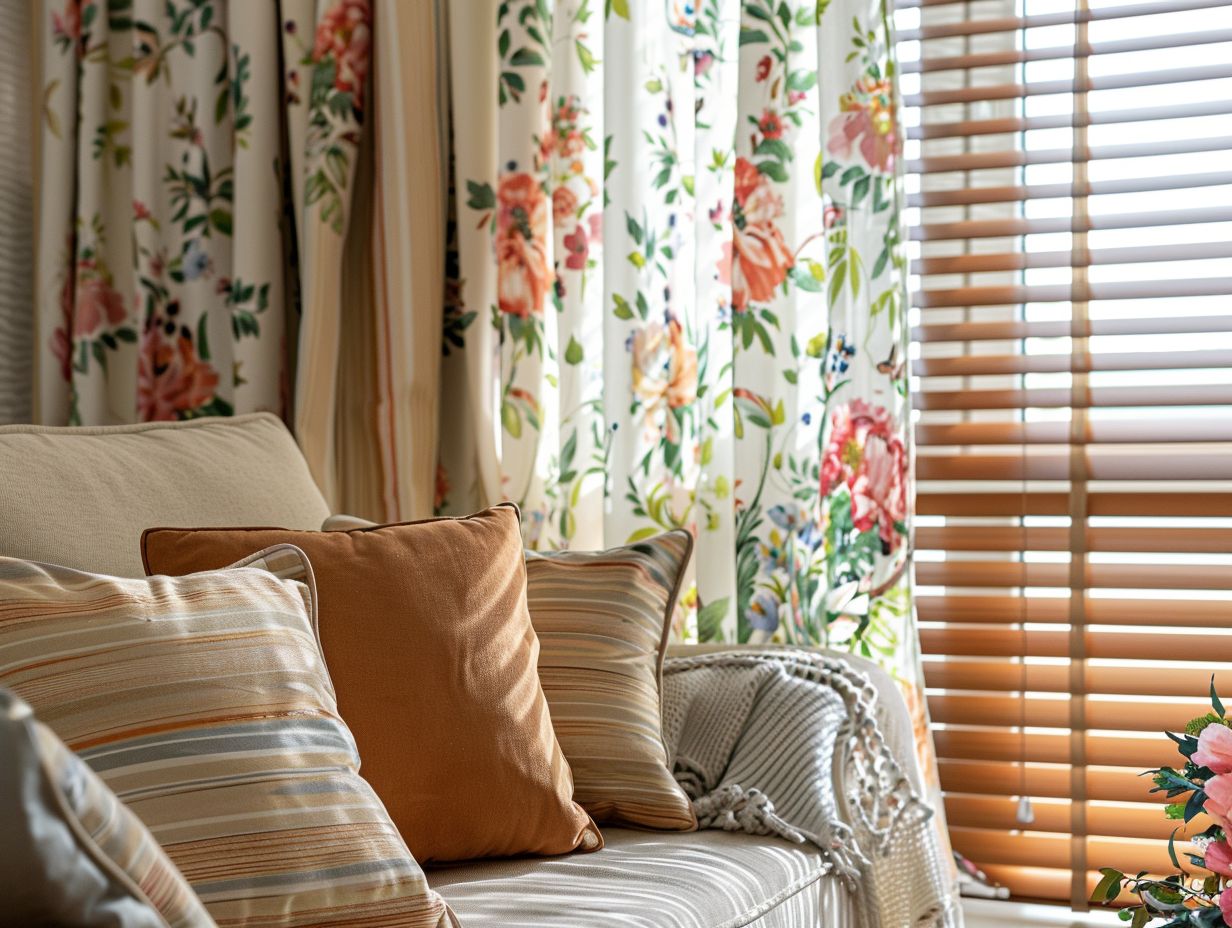 In terms of versatility, both curtains and blinds have their strengths, making the decision dependent on the homeowner's specific needs and preferences. Curtains can be mixed and matched with various decorative elements, fabrics, and patterns, while blinds offer adjustable styles that can fit a wide range of window sizes and home aesthetics.
In terms of versatility, both curtains and blinds have their strengths, making the decision dependent on the homeowner's specific needs and preferences. Curtains can be mixed and matched with various decorative elements, fabrics, and patterns, while blinds offer adjustable styles that can fit a wide range of window sizes and home aesthetics.
This adaptability allows homeowners to effortlessly create unique atmospheres in their living spaces. For instance,
- Choosing richly textured fabrics for curtains can bring warmth to a room,
- while sleek roller blinds can evoke a modern touch.
The potential to layer curtains over blinds provides a functional yet stylish solution for light control and privacy. Different designs can harmonize with various decor styles, from vintage to contemporary, making it easy to refresh a room’s look.
Ultimately, understanding how to combine these elements can greatly enhance the overall ambiance of the space.
Which One Is More Stylish?
The question of style between curtains and blinds often stirs passionate opinions among homeowners, as both options offer unique aesthetic appeals. While curtains can create a romantic and inviting atmosphere with their flowing fabrics and rich colors, blinds can provide a sleek and contemporary look that suits modern interior designs.
Plus their visual charm, homeowners frequently consider factors such as practicality and maintenance when choosing between these two options. Light control is another important aspect; while blinds can easily be adjusted to filter light or block it completely, curtains may require more effort to modify their position.
- Curtains: Ideal for adding warmth and texture to living spaces, available in a myriad of styles from sheer to blackout.
- Blinds: Best suited for minimalistic decor, offering versatility with materials like wood, faux wood, or aluminum.
Ultimately, the decision may reflect one's personal taste, keeping in mind the overall ambiance each choice can contribute to a room's design.
Which One Is More Cost-Effective?
Cost-effectiveness is an essential factor for many homeowners when choosing between curtains and blinds. Generally, blinds can be more affordable upfront due to their simpler design, while curtains may require a larger initial investment depending on fabric quality and custom options, but they could offer better insulation and long-term savings on energy costs.
When considering the long-term value, it’s crucial to examine not just the upfront expenses, but also the associated maintenance costs. Blinds typically require less attention and can often be cleaned easily with a damp cloth, making them a practical choice for busy households.
On the other hand, curtains may involve more upkeep, such as regular washing or dry-cleaning, which can incur additional expenses over time.
Quality matters significantly in terms of durability. High-quality curtains can last for many years, potentially offsetting their initial cost, while cheaper blinds might need replacing sooner.
The decision between curtains and blinds involves balancing initial prices with overall maintenance and longevity.
Functionality Face-Off: Curtains vs. Blinds
In the functionality face-off between curtains and blinds, each window treatment presents unique advantages tailored to various homeowner needs. Curtains excel in providing a softer, more decorative look while enhancing energy efficiency; however, blinds often take the lead in matters of light control and precise privacy options. Understanding these functional characteristics is crucial in making an informed decision.
Which One Offers More Privacy?

In terms of offering privacy, blinds typically have an edge due to their adjustable slats that allow homeowners to control visibility while maintaining light control. Curtains can also provide ample privacy, especially when made from thicker fabrics or thermal-backed materials, but they may not offer the same level of adjustability as blinds.
In a variety of settings, including homes, offices, and public spaces, the effectiveness of these treatments can vary significantly based on their design.
For instance,
- Blinds offer customizable positioning, which can effectively block outside views while still allowing natural light to filter in, making them suitable for urban environments where privacy is paramount.
- On the other hand, curtains can create a softer look and are excellent in private areas like bedrooms, as long as they are lined appropriately to enhance their opacity.
Each treatment serves different purposes and provides varying degrees of coverage and seclusion. Ultimately, the choice often hinges on personal preference, aesthetics, and the specific needs of the space being treated.
Which One Blocks Out More Light?
In the battle of light-blocking capabilities, blackout curtains offer an unparalleled advantage, completely eliminating outside light when drawn. Blinds, while effective in controlling light levels, may not provide complete darkness, especially if not tightly closed, which can be a vital consideration for homeowners seeking optimal energy efficiency and a peaceful environment.
Many people find themselves struggling to achieve the perfect ambiance in their living spaces, and choosing the right window treatment plays an integral role in this endeavor. In terms of light-blocking abilities, blackout curtains rank high due to their dense fabric construction, designed specifically to shut out unwanted light. Conversely, while some blinds feature slats that can be adjusted to filter light, they often leave gaps that allow outside sunlight to creep in.
- Blackout Curtains: These are typically made from thick, opaque materials that prevent nearly all light from entering.
- Blinds: Though customizable, their effectiveness can hinge on fit and closure, sometimes resulting in pesky slivers of light.
For those prioritizing a darkened room, such as for sleep or media rooms, investing in quality blackout curtains is essential. Meanwhile, individuals looking for versatility may lean toward blinds that allow for greater flexibility in light control.
Which One Is Easier to Clean?
In terms of ease of cleaning, blinds generally have the upper hand due to their durable materials and simple design that allows for quick dusting or vacuuming. In contrast, curtains often require more thorough maintenance, including washing and ironing, which can be a hassle for busy homeowners.
In this regard, maintaining the cleanliness of blinds is often a more feasible task. For instance, a quick wipe with a damp cloth can suffice for most types, while those made from faux wood or vinyl can be cleaned with a mild solution without much fuss. Conversely, curtains, typically made from fabric, can accumulate dust, allergens, and odors over time.
- To enhance the longevity of blinds, regular dusting is recommended.
- Cleaning curtains usually involves machine washing or dry cleaning, adding extra steps to household upkeep.
The installation of removable blinds can simplify the cleaning process even further, allowing users to take them down and clean them thoroughly when necessary. This consideration might be a decisive factor when choosing between these two window treatments.
The Final Verdict: Which One Should You Choose?
Choosing between curtains and blinds ultimately depends on a homeowner's individual preferences, needs, and the specific requirements of their space. Understanding these differences can significantly impact the ambiance and functionality of any room, ensuring that the selected window treatment not only complements the home's décor but also fulfills practical needs such as light control and insulation. Each type offers a distinct style and level of customization, allowing for a tailored approach that enhances the living environment.
When deciding, one should consider the following key factors:
- Energy Efficiency: Blinds can often provide better insulation than curtains by allowing homeowners to adjust light and temperature more precisely.
- Aesthetics: Curtains typically add a soft, elegant touch, while blinds impart a modern, sleek look.
- Maintenance: Blinds generally require less ongoing maintenance since they can be easily wiped down compared to the occasional washing needed for curtains.
- Privacy Options: Both styles can offer varying degrees of privacy, depending on fabric choice and design.
Ultimately, an informed choice will reflect a balance between personal style and practical needs.
Considerations Before Making Your Decision
Before making a final decision between curtains and blinds, homeowners should consider a few critical factors to ensure their choice aligns with their home's needs and their personal preferences. Evaluating the room size, layout, budget constraints, and desired aesthetic can significantly influence the suitability and effectiveness of the selected window treatment.
Room Size and Layout
The size and layout of a room play a crucial role in determining whether curtains or blinds will be the best fit for your window treatment needs. For smaller spaces, blinds can provide a compact, space-saving solution that maximizes light and makes the room feel larger, while larger rooms may benefit from the elegance and depth that curtains can provide.
When considering the overall functionality and aesthetic appeal, it’s essential to think about the individual characteristics of the space.
- The purpose of the room is a vital factor; for instance, a cozy living area may favor the warmth of curtains, while a sleek office might lean towards the clean lines of blinds.
- Window height also plays a significant role—higher windows can often benefit from the dramatic effect of full-length curtains, adding height and sophistication, whereas lower, shorter windows may suit blinds that maintain a more proportionate appearance.
Consider the desired level of light control and privacy. Blinds offer precise light management, making them ideal for bedrooms or media rooms, while heavier curtains can block out light completely, creating a cozy atmosphere perfect for relaxation or movie nights.
Budget and Personal Preference
Budget considerations and personal preferences are pivotal factors in the decision-making process when choosing between curtains and blinds. While blinds may often present a more affordable option with lower initial costs, the long-term investment in quality curtains can enhance a room's aesthetic appeal and energy efficiency.
The decision between curtains and blinds often reflects a balance between immediate budget constraints and the desired ambiance of a space. Consumers might opt for blinds initially due to their straightforward installation and minimal maintenance requirements.
Those who prioritize comfort and style may ultimately favor curtains, as they offer a broader range of textures and patterns, which can significantly affect how a room feels.
- Blinds: Easily adjustable for light control.
- Curtains: Provide insulation and a softer look.
While both options have their advantages, understanding the trade-offs, such as durability versus flexibility in style, is essential for making an informed choice.


